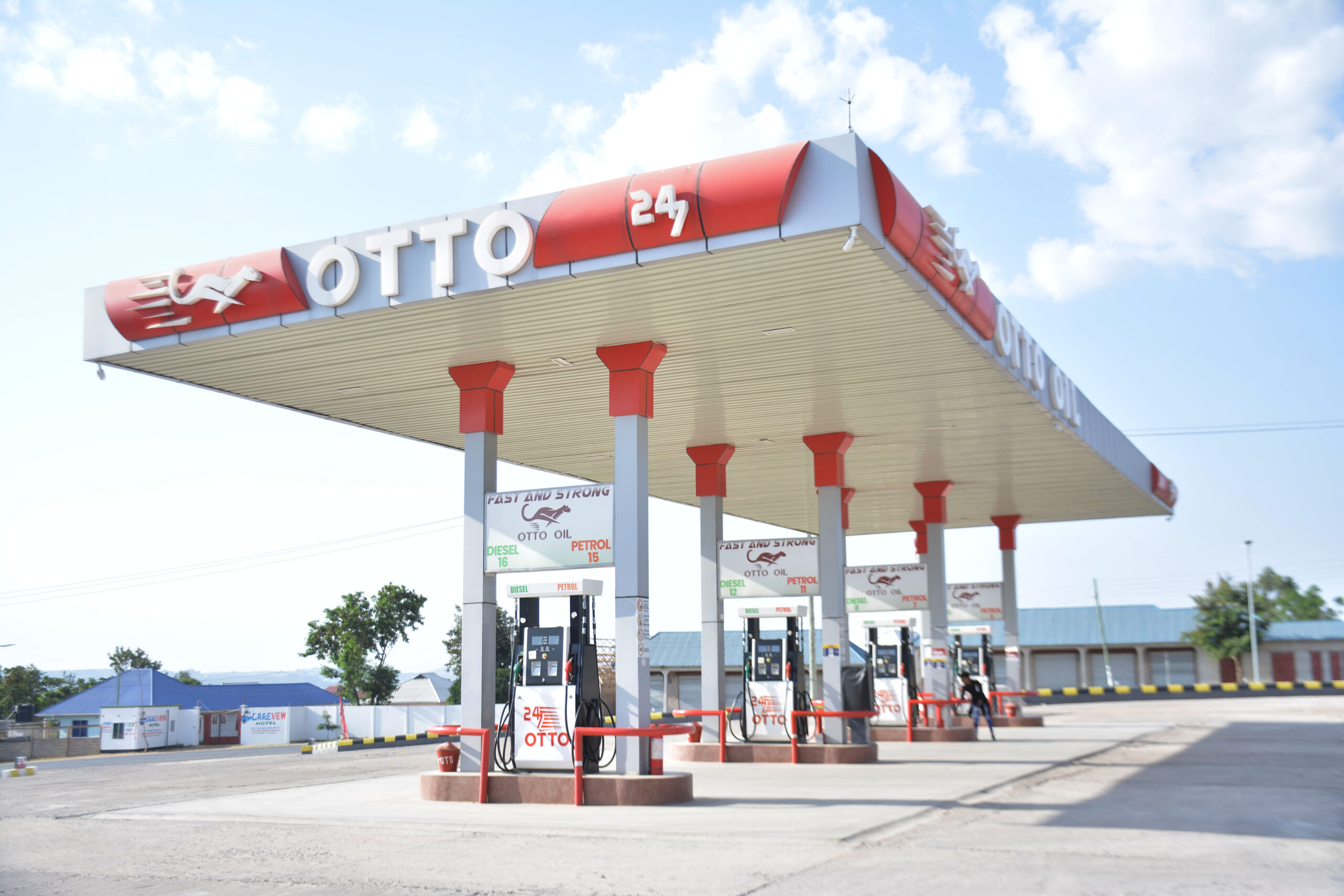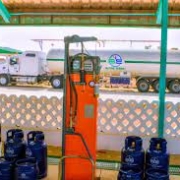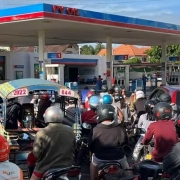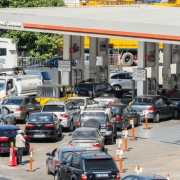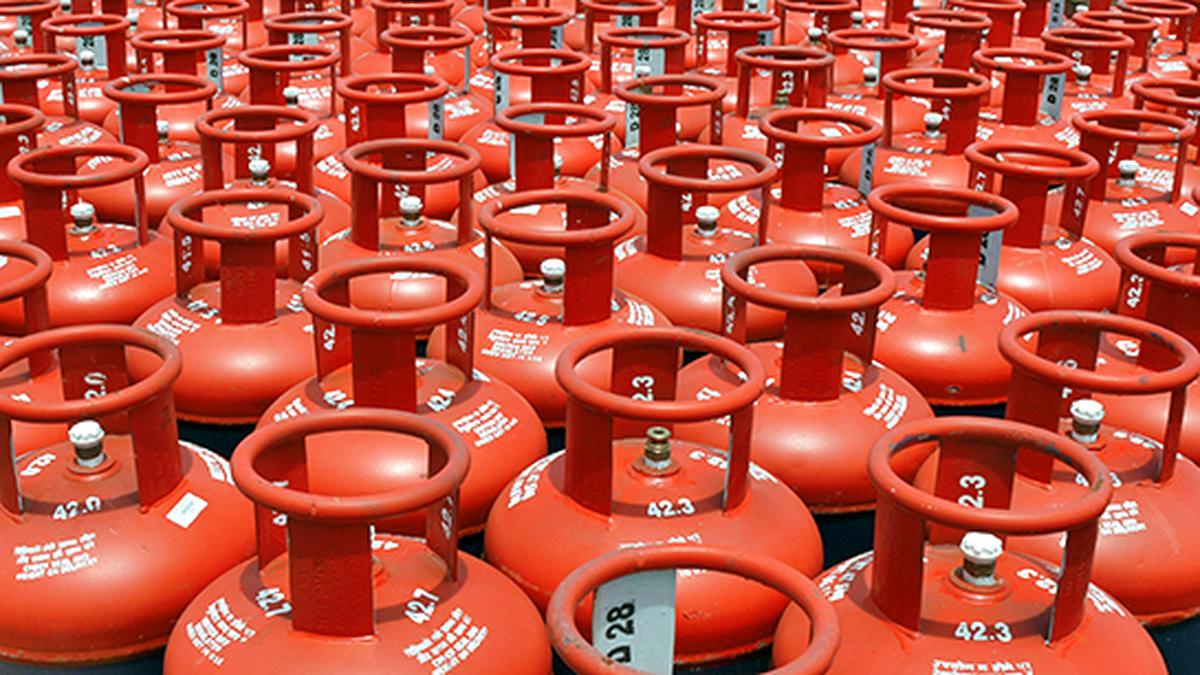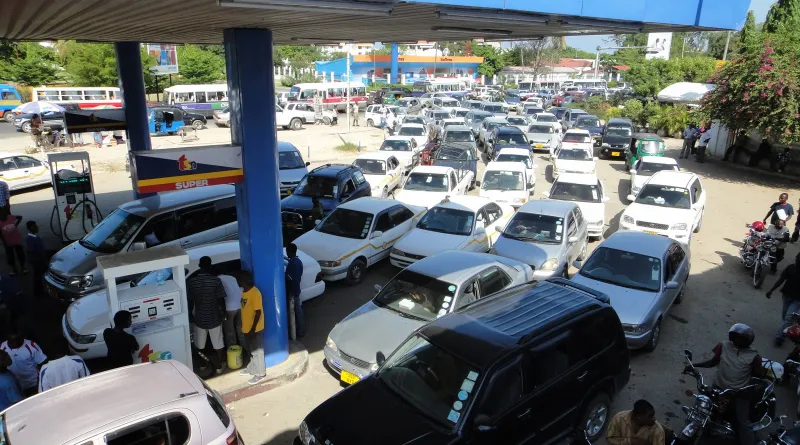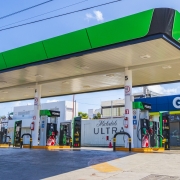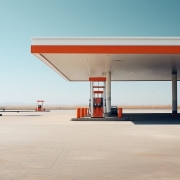The Profitability Countdown: Calculating Your Petrol Station’s Payback Period
The payback period is a crucial metric to consider when venturing into the petrol station business. It represents the time it takes for your initial investment to be recouped through the station’s net cash flow.
By understanding your payback period upfront, you can make informed decisions and set realistic expectations for when your hard-earned investment will start paying dividends.
To calculate the payback period, simply add up your total costs – the land, construction, equipment, and all other expenses associated with establishing your petrol station.
Then, estimate your monthly cash inflow from fuel sales, convenience store items, and any additional services you plan to offer.
By subtracting your monthly cash inflow from your costs, you’ll arrive at your net cash flow. Keep tracking this net cash flow month by month until the cumulative total equals your initial investment – that’s your payback period.
For example, if you invested 450 million TZS and are generating 9 million TZS in monthly profit, your payback period would be just over 4 years.
The shorter the payback period, the better, as it means you’ll start seeing a return on your investment sooner.
To help shorten your payback period, focus on strategic location selection, offering complementary services, maintaining cost discipline, and staying agile to adapt to market changes.
With a keen eye on your payback period, you can steer your petrol station venture towards a profitable and sustainable future.
Payback Period: When Your Petrol Station Will Start Making Money
Imagine you’re planting a mango tree. You put in the effort, water it, nurture it, and wait for it to bear fruit. The payback period is like waiting for those first juicy mangoes. It’s the time it takes for your investment to start giving you returns.
Let’s keep it simple.
Say you’re investing in a petrol station. You’ve spent a bunch of money on land, construction, equipment, and all that jazz.
Now, you want to know when you’ll start making money. To calculate the payback period, you first need to add up all your costs – that’s the total amount you’ve poured into this project.
Then, estimate your cash inflow, which is the money you expect to make from selling petrol, snacks, and whatever else you plan to sell at your station. Subtract your cash inflow from your costs, and that will give you your net cash flow.
Keep track of your monthly net cash flow and add it up until it equals your initial investment – that’s your payback period!
Payback Period: When Your Petrol Station Will Start Making Money
To calculate the payback period for your petrol station investment, follow these simple steps:
First, add up all the costs associated with setting up the station – the land, construction, equipment, and any other expenses. This will give you the total investment amount.
Next, estimate the expected monthly cash inflow from selling petrol, snacks, and other products at the station. This will be your expected revenue.
Now, subtract the cash inflow from the total costs to get the net cash flow each month. Keep track of this monthly net cash flow.
Continue adding up the monthly net cash flow until the total equals your initial investment. The number of months it takes to reach that point is your payback period.
For example, if you invested 450 million TZS and are making 9 million TZS in profit each month, your payback period will be 4 years and 2 months. That’s when your petrol station investment will have paid for itself and start generating pure profit.
Knowing your payback period is crucial for understanding when you’ll begin seeing returns on your investment. The shorter the payback period, the faster you’ll start making money – which is always the goal when starting a new business venture like a petrol station.
Example Calculation
Let’s take a closer look at how to determine the payback period for a petrol station investment. Suppose you’ve invested a total of 450 million TZS into acquiring land, constructing the facility, and purchasing necessary equipment. Based on your market research and financial projections, you estimate that your petrol station will generate a net cash inflow of 9 million TZS per month.
To calculate the payback period, you’ll need to track your monthly net cash flow until it equals your initial investment.
In the first month, your net cash flow is 9 million TZS. In the second month, it’s another 9 million TZS, and in the third month, it’s an additional 9 million TZS.
Continuing this trend, you’ll reach your initial investment of 450 million TZS in just 4 years and 2 months.
This means your payback period is 4 years and 2 months, a relatively short timeframe that indicates the viability of your petrol station venture.
By closely monitoring your monthly cash flows and optimizing your operations, you can work to further shorten this payback period and maximize the profitability of your investment.
Why Does the Payback Period Matter?
The payback period is a crucial metric when it comes to any investment, including starting a petrol station. Knowing when your investment will start generating returns is essential for understanding the viability of your business venture. The shorter the payback period, the better, as it means you’ll begin seeing a return on your investment sooner. This information can help you make informed decisions, set realistic expectations, and ensure that your petrol station project is a sound financial investment. After all, the goal is to get your money back as quickly as possible so you can start enjoying the profits of your hard work and smart planning.
Tips to Shorten Your Payback Period
Choosing a high-traffic location is crucial to maximizing your petrol station’s earnings. Look for spots with heavy foot and vehicle traffic, such as busy intersections, highway exits, or areas with a lot of residential and commercial activity.
The more eyeballs on your station, the quicker you’ll see a return on your investment.
In addition to fuel sales, consider offering complementary services and products to boost your revenue stream.
A convenience store, car wash, or even a small fast-food operation can provide valuable additional income and draw more customers through your doors.
By diversifying your offerings, you can shorten your payback period and create a more resilient business.
While keeping costs down is important, it’s vital not to compromise on quality. Invest in reliable equipment, maintain a clean and well-presented facility, and ensure your staff provides excellent customer service.
Cutting corners may save you money in the short term, but it could ultimately hurt your reputation and long-term profitability.
Finally, stay attuned to market changes and be prepared to adjust your strategies accordingly. Monitor fuel prices, industry trends, and consumer preferences, and be ready to adapt your offerings and pricing to stay ahead of the competition.
By anticipating and responding to market shifts, you can position your petrol station for sustained success and a quicker payback period.
The Benefits of a Petrol Station Business
The potential for a lucrative business opportunity is one of the key benefits of investing in a petrol station.
When you carefully calculate your payback period and implement smart strategies to optimize your operations, a petrol station can become a highly profitable venture.
By selecting a high-traffic location, offering complementary services, and maintaining tight control over your costs, you can quickly start to see a substantial return on your initial investment.
With the right planning and execution, a petrol station can provide a steady stream of income for years to come, making it an attractive and rewarding business opportunity.
Risks of Starting a Petrol Station.
While the potential rewards of opening a petrol station can be enticing, it’s crucial to acknowledge the inherent risks involved in this type of investment.
Establishing a successful petrol station requires a significant upfront capital outlay, from acquiring land and constructing the necessary facilities to investing in fuel storage tanks, pumps, and other essential equipment.
Additionally, the ongoing operational costs, such as maintaining inventory, staffing, and utilities, can quickly add up, putting a strain on your cash flow. Furthermore, the petrol industry is highly competitive, with larger corporations wielding considerable market power that can make it challenging for smaller players to compete on pricing and promotions.
It’s essential to carefully evaluate the market demand, regulatory environment, and your own financial resources before committing to this venture.
Payback Period: When Your Petrol Station Will Start Making Money.
The payback period is a crucial calculation when making informed decisions about starting a petrol station. It helps you understand when your initial investment will start to pay off, allowing you to set realistic expectations and plan accordingly.
By carefully tracking your monthly net cash flow and adding it up until it equals your initial costs, you can determine the exact timeframe it will take for your petrol station to start generating returns.
This information is invaluable, as a shorter payback period is always preferable to ensure a timely return on your investment.
Understanding the payback period enables you to make strategic choices, such as selecting a high-traffic location, offering additional revenue-generating services, and maintaining tight control over your costs.
With this knowledge, you can make informed decisions that maximize your chances of success and financial sustainability in the competitive petrol station market.
Payback Period: When Your Petrol Station Will Start Making Money
In conclusion, the payback period is a crucial consideration when starting a successful petrol station business.
By calculating the time it takes for your initial investment to be recouped through your projected cash inflows, you can make informed decisions and set realistic expectations. A shorter payback period indicates a quicker return on your investment, allowing you to reinvest and grow your business more efficiently.
Key factors to shorten the payback period include choosing a high-traffic location, offering additional services, managing costs effectively, and staying attuned to market trends. With a solid understanding of the payback period and a strategic approach, you can position your petrol station for long-term profitability and success.

